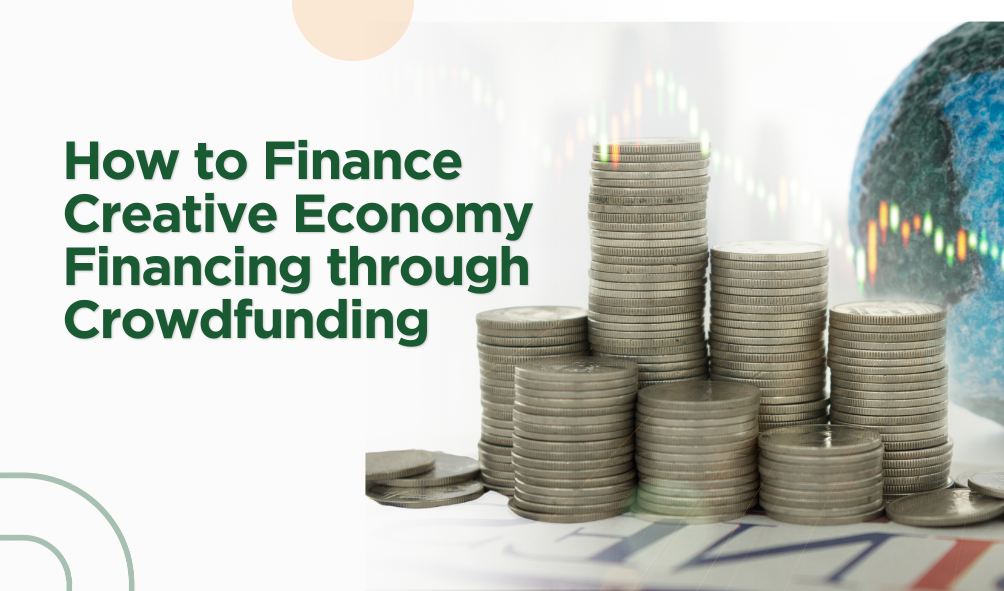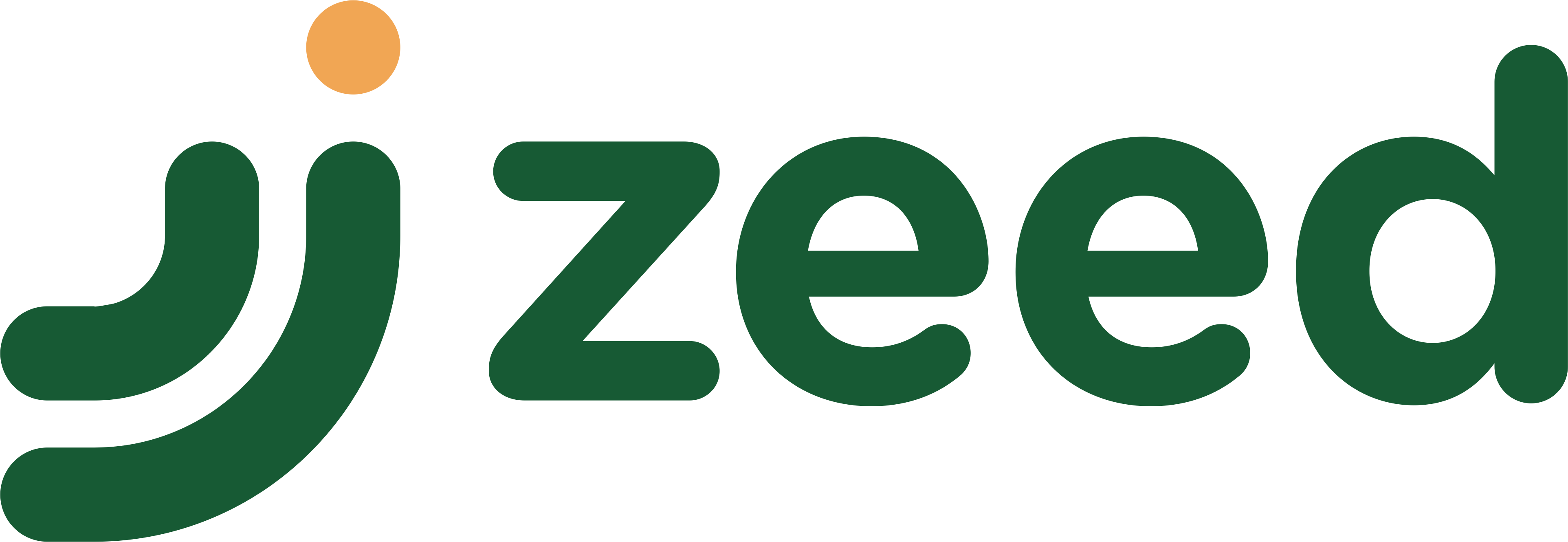Creative Economy Financing through Crowdfunding
The creative economy in Indonesia holds significant potential to drive national economic growth. Various sectors in the creative economy, such as film, music, design, culinary arts, and the broader arts, continue to grow as interest in value-added creative products rises. However, business players in this sector often face challenges in accessing funding, which can hinder their growth potential. Crowdfunding, or collective funding from the public, has emerged as an alternative solution that allows creative entrepreneurs to access financing without relying on traditional financial institutions like banks or major investors.
Understanding Crowdfunding in the Creative Economy
Crowdfunding is a method of raising funds that involves contributions from a broad public base to finance a project, product, or business. Typically, crowdfunding is done through online platforms, where anyone can contribute varying amounts of money. Unlike traditional financing methods, crowdfunding does not require entrepreneurs to provide collateral or meet stringent requirements often imposed by banks. With crowdfunding, creative entrepreneurs can initiate and develop their ideas more independently.
According to the Directorate General of State Assets (DJKN), crowdfunding serves as an alternative instrument that can support economic growth by providing opportunities for sectors that require innovation, creativity, and financial flexibility. Crowdfunding is also seen as an effective way to bridge the gap in capital access across various levels of society, including MSMEs (Micro, Small, and Medium Enterprises) in the creative economy (DJKN, 2023).
Also read:Cost of Goods Sold (COGS): Important to Know Your Product Costs
Benefits of Crowdfunding for Creative Economy Players
Crowdfunding offers several advantages that can benefit creative economy players in Indonesia, including:
- Access to a Broader Funding Source
For many creative entrepreneurs, access to capital is a significant challenge. Crowdfunding allows them to gather funds from various layers of society, including friends, family, and individuals who may be interested in the creative project offered. Through this model, creative entrepreneurs can gain financial support without the lengthy processes often required by banks or conventional financing (Siswanto, 2024). - Validation of Concepts and Ideas
Crowdfunding also acts as a tool to gauge public interest in a creative idea or product. By involving the public in the funding process, entrepreneurs can gain valuable feedback from potential customers, even before the product or project launches. For example, the Ministry of Tourism and Creative Economy (Kemenparekraf) utilizes crowdfunding to finance Indonesian films. Through crowdfunding, they can assess the public’s enthusiasm for a film project before it enters production (Kompas, 2023). - Increased Exposure and Publicity
Every crowdfunding campaign is essentially a promotional activity. When entrepreneurs launch a campaign, they introduce their project to the broader public. This provides an opportunity to build an audience early on, helping the project or product gain attention even before its official launch. Crowdfunding platforms with large user bases also provide broader exposure, allowing projects to reach a wider audience in a short period. - Building a Supportive Community
Crowdfunding also allows for the creation of a loyal community for the funded product or work. Since supporters have provided financial contributions, they often feel an emotional connection to the project, creating a solid, loyal customer base for the future (SpringerLink, 2022).
Types of Crowdfunding That Benefit the Creative Economy
There are several types of crowdfunding commonly used, each offering advantages that can be tailored to the needs of creative entrepreneurs:
- Donation-Based Crowdfunding: This model is typically used for social or charitable projects. Supporters donate without expecting a return. Artistic or cultural projects with social impact often use this model to attract donations from the community.
- Reward-Based Crowdfunding: In this model, entrepreneurs offer non-financial rewards such as products or exclusive gifts to supporters. For example, a filmmaker might provide early access to a film screening or offer exclusive merchandise to contributors.
- Equity-Based Crowdfunding: In this model, supporters receive shares or ownership in the funded business. This type is more suitable for well-structured creative businesses, such as startups or tech companies that aim to expand significantly.
- Debt-Based Crowdfunding: This model allows supporters to provide loans that will be repaid with interest. This is similar to bank loans but typically has more flexible terms and conditions.
Also read:Islamic Green Investment: When Islamic Investment Meets Environmental Values
Challenges in Using Crowdfunding for the Creative Economy
While crowdfunding offers many benefits, it is not without challenges. Some major challenges that creative entrepreneurs should be aware of include:
- Risk of Failing to Meet Funding Targets
In many cases, crowdfunding campaigns have a funding target that must be reached for funds to be disbursed. If the target is not met, all funds collected are often returned to the supporters, and the campaign is declared unsuccessful. Therefore, it is essential for entrepreneurs to set realistic goals that capture public interest. - Competition on Crowdfunding Platforms
Popular crowdfunding platforms, such as Kickstarter or Indiegogo, host thousands of projects across various categories. This competition means that entrepreneurs must have a solid marketing strategy so their campaigns do not get lost among others. Creating a compelling story about the project is also important to attract attention. - Evolving Regulations
In Indonesia, regulations related to crowdfunding are still developing. The Financial Services Authority (OJK) has issued some regulations to govern equity- and debt-based crowdfunding to protect investors and project supporters. However, these regulations require further development to ensure security for both entrepreneurs and backers (SpringerLink, 2022).
The Future of Crowdfunding in Supporting the Creative Economy
Crowdfunding has enormous potential to continue developing as an alternative financing instrument for the creative economy in Indonesia. With clearer regulations and government support, crowdfunding can become a stable and reliable funding source for creative entrepreneurs. Additionally, as internet and technology penetration increases in Indonesia, more people will have access to participate in crowdfunding activities. This will open up even greater opportunities for creators to realize their innovative ideas and bring Indonesian creative products to the global stage.
Also read:Supporting MSMEs as a Foundation of the People’s Economy

References
- Directorate General of State Assets. (2023). Crowdfunding as an Alternative Instrument for Driving Economic Growth in Indonesia. DJKN. Retrieved from https://www.djkn.kemenkeu.go.id/artikel/baca/15643/Crowdfunding-sebagai-Instrumen-Alternatif-Pendorong-Pertumbuhan-Ekonomi-di-Indonesia.html
- Kompas. (2023). Kemenparekraf Provides Funding for 4 Indonesian Films Through Crowdfunding. Retrieved from https://money.kompas.com/read/2023/02/27/103000826/kemenparekraf-beri-pendanaan-4-film-indonesia-lewat-crowdfunding-?page=all
- Siswanto, R. (2024). Crowdfunding as an Alternative Funding Method for Creative and Innovative MSMEs. BINUS Information System. Retrieved from https://sis.binus.ac.id/2024/05/15/crowdfunding-sebagai-cara-alternatif-pendanaan-proyek-kreatif-dan-inovasi-umkm/
- SpringerLink. (2022). Crowdfunding and its Impact on Cultural and Creative Industries. Journal of Cultural Economics, 46(2), 333–350. Retrieved from https://link.springer.com/article/10.1007/s10824-022-09452-9
- SpringerLink. (2022). The Role of Crowdfunding in Emerging Economies. Journal of Cultural Economics, 46(2), 123–145. Retrieved from https://link.springer.com/article/10.1007/s10824-022-09444-9
- Wiley Online Library. (2023). Crowdfunding and Economic Growth in Emerging Markets. Emerging Markets Review, 54, 12510. Retrieved from https://onlinelibrary.wiley.com/doi/10.1111/emre.12510







